To meet the demands of an automotive supplier that produces light lines on vehicles, PISÉO has developed and built a tailor-made calibration bench to adjust the luminance and color of the parts produced.
To meet the expectations of its market, the customer has defined requirements in terms of uniformity of luminance and color over the entire length of the light lines. These uniformities must be constant regardless of the level of luminance and the color chosen. For this, the LEDs used are controlled by means of drivers connected to a communication bus and algorithms. To fully understand the objectives of the bench, the PISÉO experts first analyzed these application requirements and the optoelectronic architecture of the system to be calibrated. To do this, they used their unique expertise in designing optical-photonic systems and photometric tests carried out in their own accredited laboratory (scope available on www.cofrac.fr.)
After having understood the objectives and constraints of the client, as well as the characteristics of the systems to be adjusted, the PISÉO experts reflected on the design and carried out calculations and complex optical tests which resulted in the specification of the architecture of the bench, its optical measurement equipment, such as a high precision video colorimeter, and the calibration method. During this phase, numerous exchanges took place with the customer, which resulted in a specification that fully met his expectations.
At the end of the specification work, which lasted several weeks, PISÉO was commissioned to develop and build the bench. Mechanical design work was thus carried out for the structure supporting the measuring equipment. The algorithms supporting the calibration method were coded, and all the functions for interfacing with the customer’s system were developed, including the human-machine interface (HMI).
Once all the elements of the bench were developed and supplied, they were integrated into the bench within PISÉO’s laboratory. Final operational tests and fine-tuning completed the setup of the bench.
Drawing on their mastery of optical metrology, the PISÉO experts rolled out a bench test plan and performed a Reproducibility and Repeatability (R&R) study. The results of this work made it possible to validate the bench and trigger its delivery to the customer.
The project concluded with the training of the customer’s personnel in charge of the use of the bench and their final approval.



